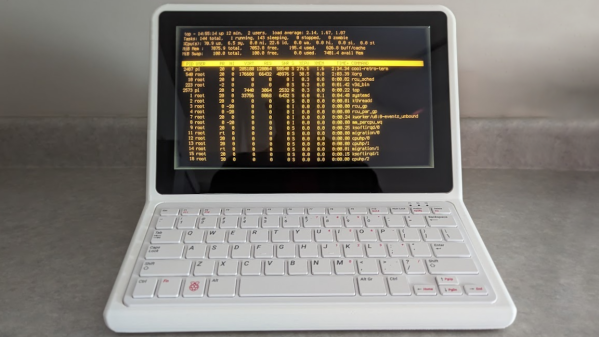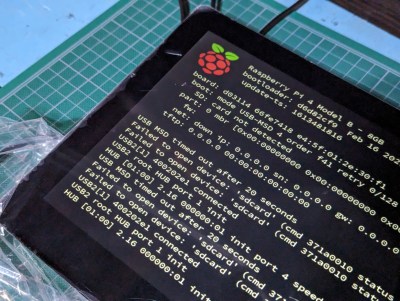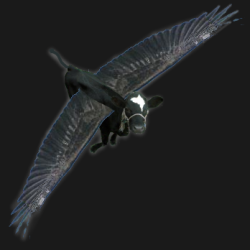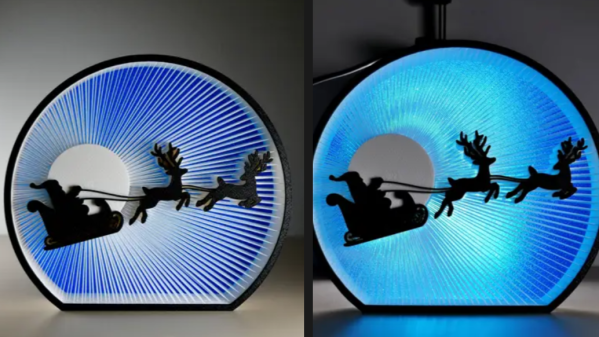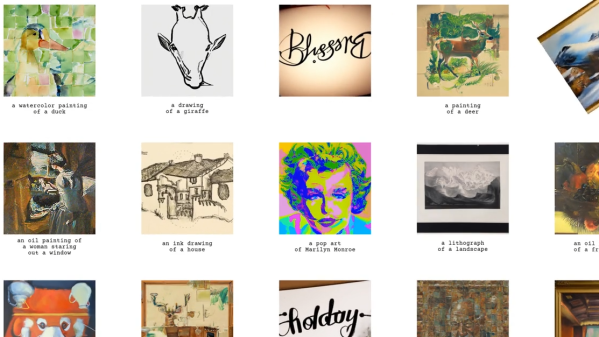[Justine Tunney]’s printimage.com is a program capable of splatting full-color images to text mode terminal sessions, but that’s not even its neatest trick. It’s also a small binary executable capable of running on six different operating systems: Linux, Windows, MacOS, FreeBSD, OpenBSD, and NetBSD. All without having to be installed or otherwise compiled first. On top of it all, it’s less than 100 kb.
How is this possible? It’s thanks to [Justine]’s αcτµαlly pδrταblε εxεcµταblε format, implemented by a project called Cosmopolitan which aims to turn C into a build-once-run-anywhere language. The printimage.com source code is included within the Cosmopolitan project.
If the name sounds a bit familiar, it’s probably because the Cosmopolitan project is a key piece of a tool we recently covered: llamafile, which allows people to package up an LLM (large language model) as a single-file, multi-OS executable.
As printimage.com shows, terminal windows are capable of more than just text. Still, plain ASCII has its appeal. Check out the ASCII art STL file viewer which might just make your next sick ASCII art banner a bit easier to generate.


